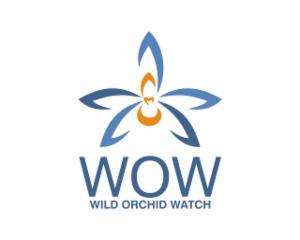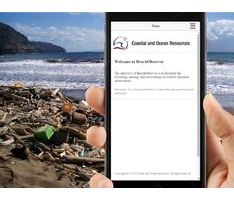Search for Glyptoparus sp. [Browse] returned 55 results.
Refine results
Refine results
Section
- Site Page (33)
- Biodiversity Science project (14)
- Data resource (3)
- Support article (3)
- Species (2)
Image available
- Yes (2)
Lifeforms
- Fish (2)
Taxonomic status
- Accepted (2)
-
Site Page: Privacy Policy – Atlas of Living Australia
Important By using this Atlas of Living Australia (Atlas) website and the Content available on and through it, you are agreeing to be bound by this Privacy Policy and the Terms of Use. The purpose of this Privacy Policy is to set out how the Atlas will deal with personal information gathered by the Atlas when you visit and use the site. Personal information collected by the Atlas is governed by the Commonwealth Privacy Act 1988...
-
Biodiversity Science project: BeachObserver
When a vessel accidentally discharges cargo at sea, or when oil spills occur, or when plastics or any floating marine debris is cast adrift on the ocean, it will eventually arrive on shore. In most cases affected landowners, neighborhoods, small communities, or municipalities will be the first to notice the accumulation of flotsam and jetsam on local beaches. We have developed a mobile phone application to simplify the recording, mapping, and networking of observations...
-
Biodiversity Science project: The Australian Search Experience
This project provides an independent, rigorous assessment of how search and social platforms shape information flows and public discourse for Australian users. This research will assess the extent to which search results are personalised, by various leading search engines and their algorithms, based on the profiles established by those search engines for their different users...

-
Site Page: Atlas of Living Australia – Open access to Australia’s biodiversity data
Aetobatus ocellatus (Whitespotted Eagle Ray) by leitchbird (CC-BY-NC) Corymbia calophylla by tmuir (CC-BY-NC) Pteraeolidia ianthina by Peter (CC-BY-NC) Open access to Australia’s biodiversity data 101,540,359 occurrence records 9,757 datasets Search species, data sets, and more Search Researchers Government and land managers Community and schools Researchers Researchers includes ecoscientists, taxonomists, collection owners, tertiary students and lecturers...
-
Site Page: Import or Upload Points – Atlas of Living Australia
Posted on 30th January 2012 You can import or upload your own point-based species data to the Spatial Portal. The uploaded data is treated the same as any species active layer and is only stored for the current session. Import Points To import points directly, on the menu select ‘Import’ and then ‘Points’. Import Points menu option Then enter a name (used as the layer name) and description for the data (which will be used in the layer metadata)...
-
Site Page: Data Provision Services – Atlas of Living Australia
Posted on 10th August 2008 This is a DRAFT – please send us your comments and suggestions. The Atlas of Living Australia will integrate a wide range of data resources which have already been shared online and which can be accessed without any additional work on the part of the data providers. However many institutions and individual researchers are hindered […] This is a DRAFT – please send us your comments and suggestions...
-
Biodiversity Science project: Training artificial intelligence to identify tropical freshwater fish in Kakadu National Park (BRUVNet)
The Supervising Scientist in the Northern Territory, Australia monitor freshwater fish communities in Kakadu National Park using underwater video cameras, collecting 100’s of hours of fish videography every year! This represents a significant volume of video that trained ecologists must manually process to characterise fish community composition. We can automate this process by training artificial intelligence models to identify and count the fish for us...

-
Biodiversity Science project: Wild Orchid Watch
Are you a keen orchid enthusiast or bush-walker? Then Wild Orchid Watch (WOW) is the citizen science project for you! You can install the Wild Orchid Watch (WOW) app on your mobile device, simply by typing in your internet browser: app.wildorchidwatch.org and follow the prompts. The WOW app is a progressive web app, so it sits on the web not in the app store, but looks just like a regular app once installed. The WOW project is a custom app which feeds data directly to iNaturalist...

-
Biodiversity Science project: The Australian Ad Observatory Project
The lack of information on algorithmically targeted advertising practices means that we have few ways of knowing if there are breaches of advertising codes of practice, or other potentially problematic activities occurring. We want to achieve a much greater level of transparency and accountability through a crowdsourcing approach, and we invite you to participate in this project if you are currently residing in Australia, are aged 18 or older, and a user of Facebook...

-
Site Page: ALA Extended Data Model Project – Atlas of Living Australia
The ALA is our national biodiversity data infrastructure, aggregating occurrence records for plants, animals and fungi from across Australia. In 2021, the ALA dataset reached 100 million records. However, the ALA has some shortcomings. In a 2019 consultation, our stakeholders and users identified the lack of absence data as a weakness, and the inability to deal with new data types, one of the major threats. The Extended Data Model program of work aims to address both these issues...
